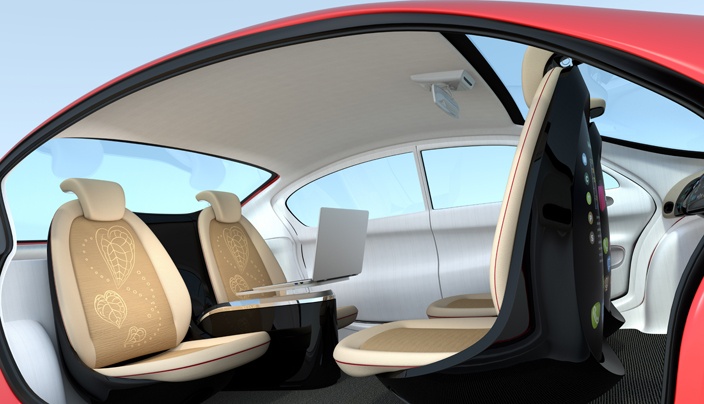
Over the last year, much has been written about autonomous (self-driving) vehicles. Uber Technologies Inc., made headline news last October and November with first time tests of self-driving truck transport deliveries in Colorado and Ohio. Further, the U.S. Department of Transportation has issued guidelines for self-driving cars, and several states have passed legislation for autonomous vehicles. In this article, we raise some interesting questions that our industry must begin to contemplate.
In looking into the window of the future, what does all of this mean to the insurance and risk management industry? How risk managers plan for automobile risks today will be arguably different in the future.
One common area that many seem to agree upon is that autonomous vehicle technology will greatly reduce the number of vehicle crashes that we see today. However, what is unclear and open for debate is how insurance coverage and liability laws will evolve to address the change in technology.
Some potential areas that both insurers and risk managers will need to consider in a world with autonomous vehicles include:
What is the exposure? With the anticipation that accidents will decline with the integration of driverless technology in vehicles, there is a question as to what really matters in assessing automobile liability risk. Does the traditional assessment of the risk based upon prior loss history with corresponding forecasted mileage still apply? Instead, will the assessment of risk solely depend upon the use of information supplied by the telematics devices installed in the vehicle? Also, where the vehicle is garaged might demand greater consideration in determining exposures, as different areas of the country may have more developed infrastructure to support driverless technology.
Who owns the risk? There is a question as to whether or not the human in the vehicle will be considered at fault or share in fault if the vehicle technology fails to prevent a loss. Further, there remain questions about whether the vehicle manufacturer or technology supplier will assume the risk, and what will define product liability versus vehicle operator error.
Where am I covered? The open debate on this topic has raised the question as to whether or not traditional automobile liability policies will still apply in a world of fully autonomous vehicles. One example to challenge the applicability of coverage is the scenario of a loss caused by malicious computer hacking into the autonomous vehicle’s operating system
The technology for autonomous vehicles exists today. The question is not if, but when will we see a complete integration of fully automated vehicles operating on the roadways. Insurers and risk managers will be charged with assisting in the development of risk management practices for autonomous vehicles. At Old Republic Risk Management, we recognize that there will be implications with the advancement of autonomous vehicles, and with that, the landscape for insurance and risk exposures will evolve. Our approach is to work with our customers and have an open dialogue on the issues to prepare for when that day arrives.
Sources
https://www.transportation.gov/AV/federal-automated-vehicles-policy-september-2016
http://www.ncsl.org/research/transportation/autonomous-vehicles-legislation.aspx

Jeff Woodcock, Senior Vice President, Operations is a member of the Executive Leadership Team at Old Republic Risk Management. He is responsible for the oversight of Administrative Services, Regulatory Compliance/Product Development, Policy Production and Underwriting Operations in addition to leading the relationship for select corporate and group captive customers. Jeff is based out of our corporate office in Brookfield, WI.